
Sciences & Technology
Grasshoppers: The new poster bug for insect conservation

A rare insect species, the Key’s Matchstick Grasshopper, was thought to be extinct in Victoria but has now been rediscovered, giving hope for conserving its future
Published 19 September 2019
People usually go to cemeteries to visit or bury their dead but, in the name of research, we visited 25 cemeteries in Victoria, NSW and the ACT to try and find a tiny rare species of grasshopper thought to be extinct in Victoria.
The little wingless daisy-eating insect – Key’s Matchstick Grasshopper – is presently under consideration for listing nationally as an endangered animal. It was once one of the most abundant animals in south-eastern Australia but, last year, it was listed threatened for the first time in Victoria.
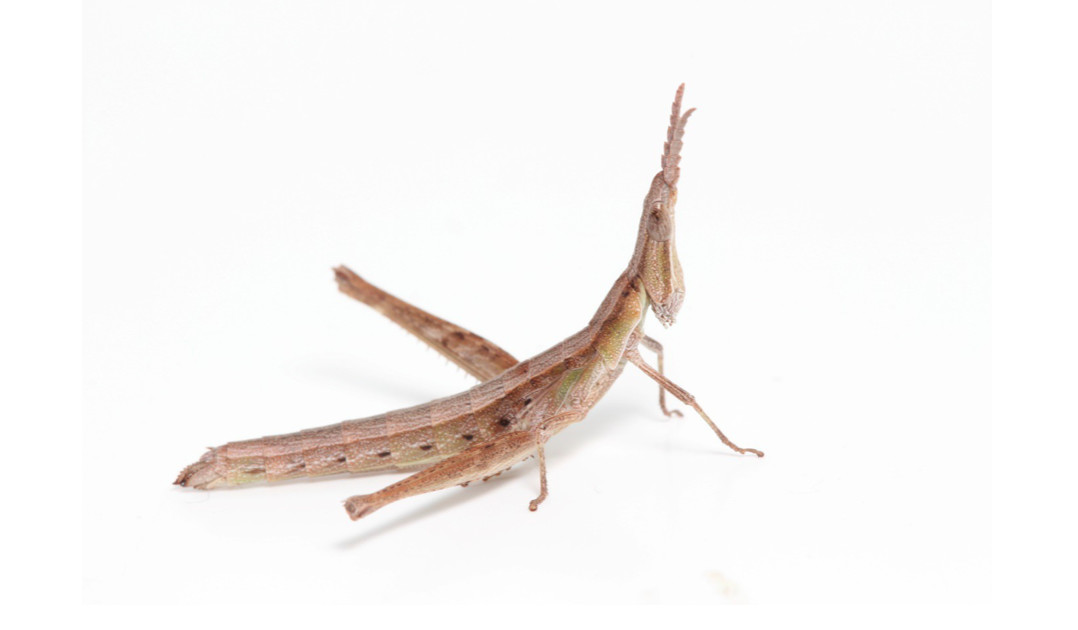
The last recorded stronghold of Key’s Matchstick Grasshopper included around 30 cemeteries in Victoria, NSW and the ACT. This was because these cemeteries provided tiny patches of remnant native grassland that had been protected from grazing.
Excitingly, our survey found, for the first time in 50 years, one small isolated population near the small country town of Omeo in Victoria - opening up the opportunity to help resurrect these endangered animals in the state.

Sciences & Technology
Grasshoppers: The new poster bug for insect conservation
Key’s Matchstick Grasshopper, or Keyacris scurra as it’s known scientifically, was made world-famous in the 1950s and 1960s by the geneticist Professor Michael White as a result of evolutionary studies he carried out.
Professor White found that different colonies of Key’s Matchstick Grasshopper varied dramatically in both the number of chromosomes (bundles of DNA) they had and in the way some chromosomes were assembled.
He collaborated with the eminent US scientist Professor Richard Lewontin on this grasshopper to produce text-book examples of the evolutionary process operating at the DNA level.
Professors White and Lewontin focused their work on cemetery populations because these remained one of the few habitats where Keyacris scurra still occurred.
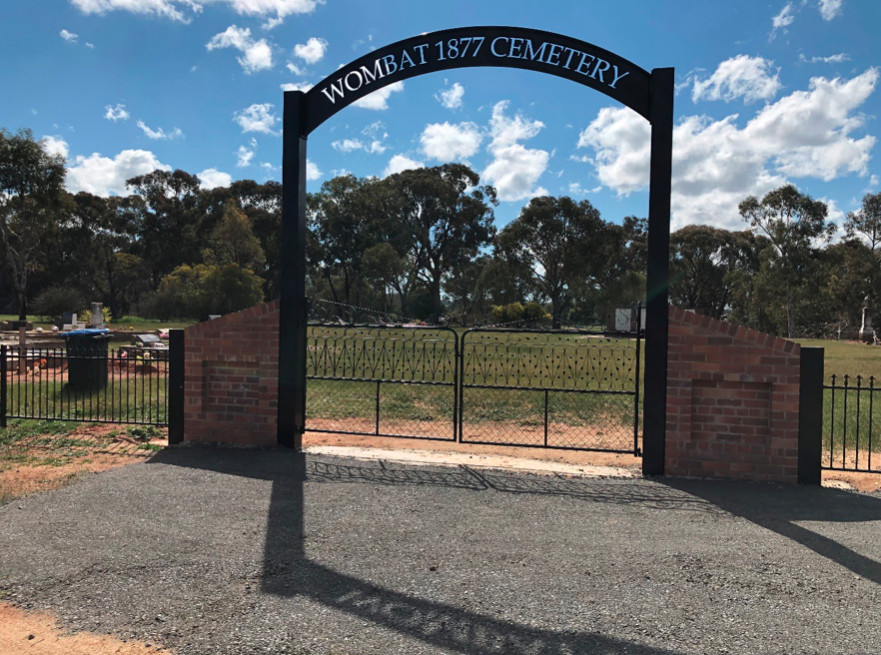
Back in 1956, Professor White noted that the grasshoppers were “far more widespread before settlement by the white man”, but that they had been “largely eliminated or greatly altered by close sheep grazing for over 100 years”.
He regarded the remaining cemetery populations he was studying as “minute ecological islands”, providing areas of “one to several acres which have been fenced for many years to exclude grazing animals, and hence retain much of the native vegetation that has largely disappeared from the heavily grazed land outside”.

Sciences & Technology
The invasive fungus threatening Earth’s biodiversity
Both Professor White and CSIRO entomologist Dr Ken Key (also the grasshopper’s namesake) continued to survey the distribution of the grasshopper extensively in the 1950s and 1960s, leaving behind detailed field notes and scientific papers as well as specimens in the Australian National Insect Collection (ANIC).
And it’s these notes that formed the basis of our resurvey this year.
Late winter is actually a good time to search for Keyacris scurra, which have an unusual life cycle for a grasshopper.
While most grasshopper are abundant in summer, Keyacris scurra hatches in mid-summer and does not quite reach maturity by the end of autumn. The species slowly develops across winter and then mates in the early spring before laying eggs, finally dying off in late spring.

To find this species, you walk slowly through suitable habitat during the warmer time of the day (at temperatures above about 10 °C) and scan for jumping hoppers around your feet as you disturb their favourite food plants – everlasting daisies (Chrysocephalum) and sheep’s burr (Acaena).
You then capture them with a device called a ‘pooter’ – a glass cylinder into which you can suck insects via a tube.

Our search covered three Australian states but began in cemeteries in Victorian rural towns like Merton, Benalla, Beechworth and Wodonga.
But, as is the case with so many cemeteries we surveyed, the kangaroo grass that supports the grasshopper population had been either severely damaged by repeated mowing or replaced by non-native pasture plants and weeds.
Unsurprisingly, no grasshoppers remained and this same disappointing trend continued in sites across NSW and the ACT.
But we did have some luck.
In several rural towns in NSW, we did find small populations. At the back of a cemetery near Gundagai, there’s a small reserve of Grassy White Box Woodland that had been fenced off from grazing. Within 20 minutes, we had seen 13 grasshoppers here.
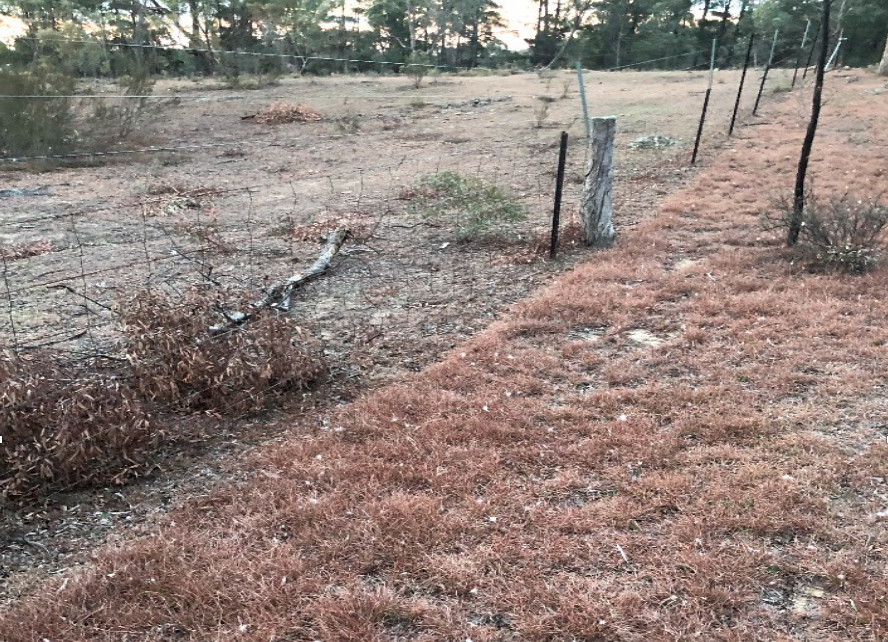
And in Cootamundra, we managed to find two new populations of the species, one along a railway line at Wallendbeen and another in a nature reserve in Boorowa.
But this find needs to be taken in context. In the 1950s and 1960s, the Cootamundra, Young, Wombat, Murringo and Boorowa cemeteries were all sites where Key’s Matchstick Grasshoppers had previously been recorded. But the species has now been lost from these sites, along with most of the native vegetation.
The smaller Wombat cemetery used to have a very high density of grasshoppers – totalling around 10,000 animals – but now, they are all gone.

Environment
On the DNA trail of the platypus
In the ACT, we again found some small populations hanging on despite the drought, severe overgrazing by kangaroos and one of Australia’s worst bushfires in the last 20 years.
But in many of the places that Professor White and Dr Key found the grasshoppers almost 70 years ago, most are now empty and those populations extinct.
Although it seemed hopeless, we decided to have one more attempt at finding Key’s Matchstick Grasshopper in Victoria.
Buried in Dr Key’s field notes are six records of the species around the small town of Omeo in East Gippsland. This site is quite isolated from all other populations of the grasshopper, nestled within forested mountains.
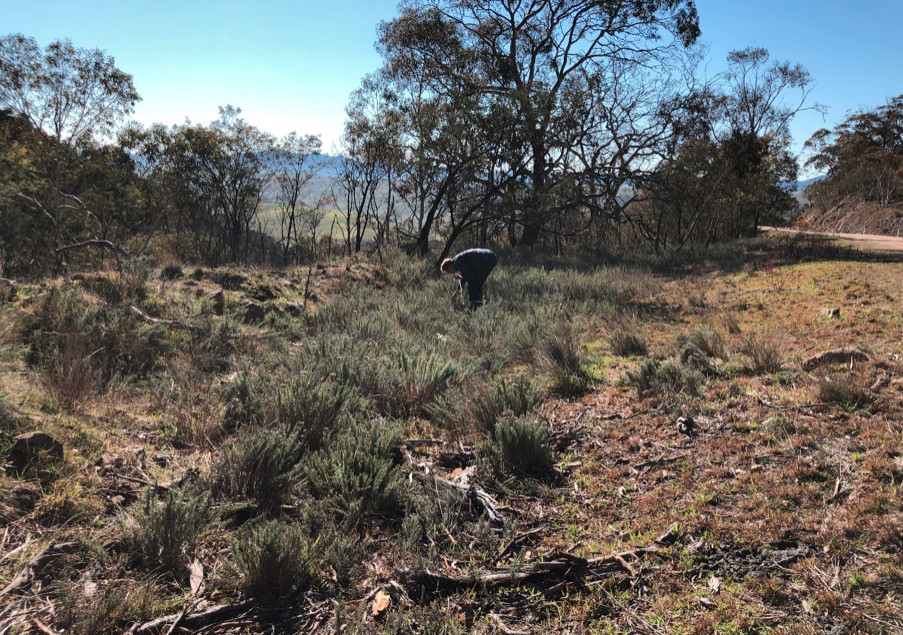
As we drove into Omeo, we spotted a patch of kangaroo grass and everlasting daisies on the side of the road in some dry, open forest. Within a minute of searching, we’d found Keyacris scurra.
In fact, we counted more than five grasshoppers per square meter in some patches, and the habitat extended over about a hectare.
We went onto find the grasshopper in several sites around the area, which is good news for the conservation of a species that has suffered an extreme range contraction over the past two centuries.

Sciences & Technology
The sleepy lizard awakens new tools for climate change research
The species is clinging on throughout its former range in tiny little patches as small as 0.15 hectares.
And Omeo may also turn out to be a Victorian stronghold of the species.
The solution to conserving Key’s Matchstick Grasshopper and its diversity is likely to be simple. In places where they still occur, we need to ensure that they are protected from overgrazing, mowing, pesticide applications and inappropriate fire management.
We found that many of the cemeteries we visited still have kangaroo grass and native daisies, so there is a real opportunity for local communities to work together to resurrect these populations.
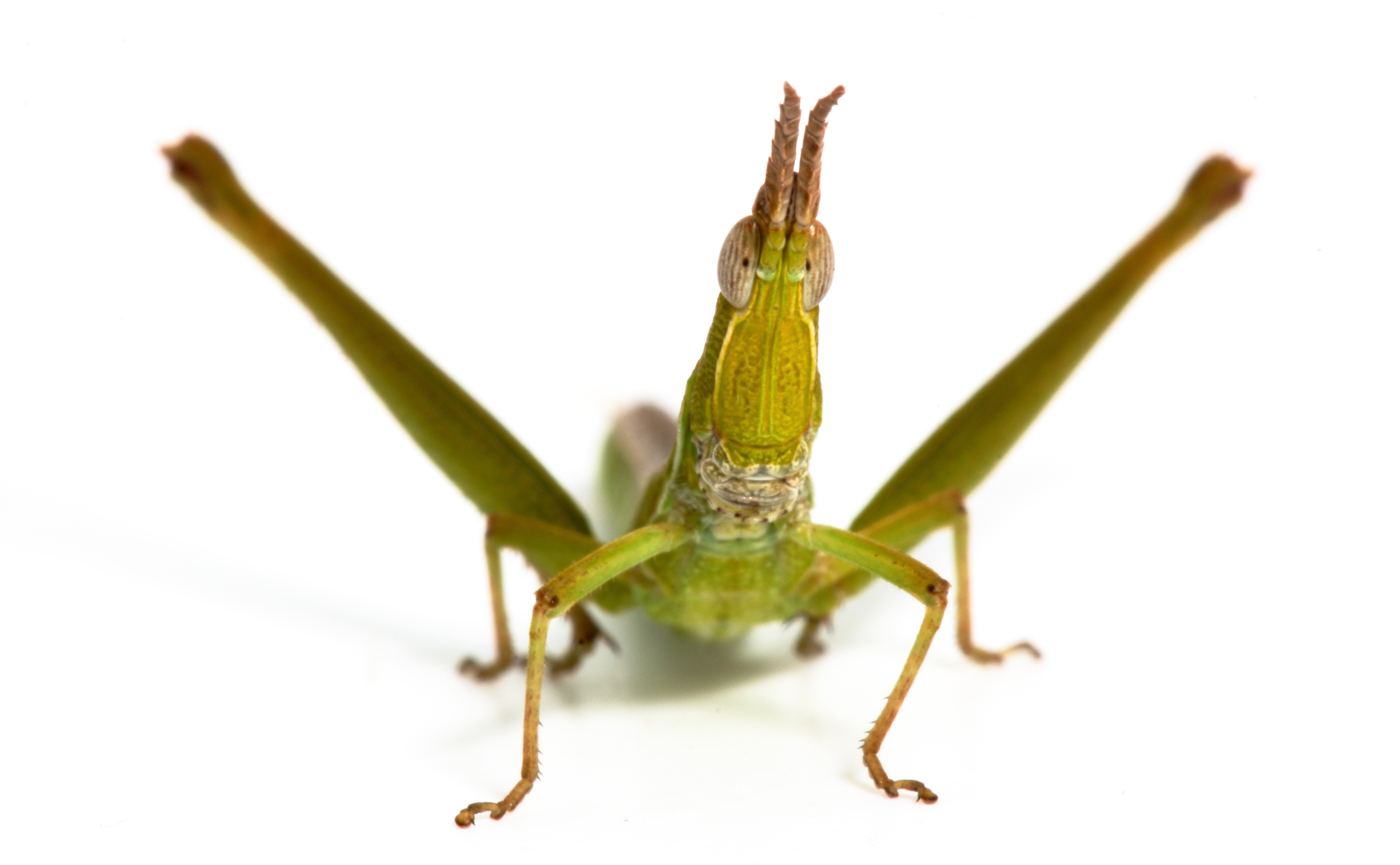
And in the most extreme cases where habitat has been destroyed, we may be able to reconstruct their habitat from scratch.
After this discovery, the resurrection of Key’s Matchstick Grasshopper has the potential to become one of Australia’s greatest conservation success stories, as long as we act now before the remaining pockets of remnant populations are lost.
Associate Professor Kearney and Professor Hoffmann’s work is being funded by an Australian Research Council grant to develop conservation strategies for insects with support from VicRoads and Zoos Victoria, who have made Key’s Matchstick Grasshopper one of their Fighting Extinction priority species.
A version of this article also appears on The Conversation.
Banner: Key’s Matchstick Grasshopper/Michael Kearney